Bounds of Their Habitation
BOUNDS OF THEIR HABITATION

Race and Religion in American History

Paul Harvey

ROWMAN & LITTLEFIELD
Lanham Boulder New York London
Published by Rowman & Littlefield
A wholly owned subsidiary of The Rowman & Littlefield Publishing Group, Inc.
4501 Forbes Boulevard, Suite , Lanham, Maryland 20706
www.rowman.com
Unit A, Whitacre Mews, - Stannary Street, London SE AB
Copyright 2017 by Rowman & Littlefield
All rights reserved . No part of this book may be reproduced in any form or by any electronic or mechanical means, including information storage and retrieval systems, without written permission from the publisher, except by a reviewer who may quote passages in a review.
British Library Cataloguing in Publication Information Available
Library of Congress Cataloging-in-Publication Data Available
ISBN -- 4422 - 3618 - (cloth : alk. paper)
ISBN -- 4422 - 3619 - (electronic)
 The paper used in this publication meets the minimum requirements of American National Standard for Information SciencesPermanence of Paper for Printed Library Materials, ANSI/NISO Z.- 1992 .
The paper used in this publication meets the minimum requirements of American National Standard for Information SciencesPermanence of Paper for Printed Library Materials, ANSI/NISO Z.- 1992 .
Printed in the United States of America
For
Rob Sackett and Christina Jimenez, colleagues
Kathryn Gin Lum and Edward J. Blum, friends and coauthors
And
Andre Johnson and Andrew Manis, preachers and scholars
Contents
THIS BOOK STARTED AS A CONVERSATION with John David Smith, general editor for the American Ways series; he and Jon Sisk helped throughout the process of shaping and then finishing this work, and I thank them. My teaching home, the University of Colorado at Colorado Springs, provided me support and intellectual comrades who have enriched my life and writing career. Too many colleagues to list have conversed with me on the theme of race and religion in American history for more than a quarter century; I hope to thank all of you in person. Those to whom the book is dedicated have been especially inspiring and uplifting, in ways impossible to describe, at various points in my life. So, as always, has Suzi Nishida.
Bounds of Their Habitation
Religion and Race in American History
And hath made of one blood all nations of men for to dwell on all the face of the earth, and hath determined the times before appointed, and the bounds of their habitation. (Acts :)
This book is about the relationship of religion and race in American history. It starts with the premise that both religion and race are categories invented in the modern world, for particular purposes. The specific ways in which we understand these terms have some roots in antiquity and the medieval era. Yet, as full-blown categories, they are relatively recent creations. Once conjured up, these categories took on lives and realities of their own. From there, they deeply shaped social hierarchies, cultural expressions, and political power.
Starting around the Renaissance, race, the term referring to the organization of social power according to the cultural meanings given to accidents of phenotype, became deeply inscribed in Western thought. It quickly permeated religious beliefs, fables, and mythologies. And around the same era, religion came to be demarcated as a separate sphere of human life referring to the human relationship to a transcendent being. Since that time, definitions of and controversies about both terms have proliferated. But in everyday discourse, they have clear and uncontested meanings. They have become commonsense terms. Everyone knows what they mean without having to think about it. Since those meanings changed over time, tracing their usage and interconnections will illuminate much about American religious history.
People know what the terms religion and race mean, even as scholars debate them endlessly. Yet these terms are useful not so much when defined but when analyzed for what they do and how they work in societies. In the modern Western world, religion works as an expression of individual belief generally in some transcendent power. That way of conceptualizing the term excludes a considerable terrain of human behavior from being captured by it. The word thus distinguishes denigrated cultural practices from honored sacred expressions.
Scholars speak of religion and race being co-constituting categories. This is scholarly jargon and shorthand meaning, essentially, that religious concepts formed racial ideas, and racial concepts infused religious ideas in American history. The two worked in tandem to create deeply held notions of where people came from (including origins, myths, and migration stories), who they were as a people, what they as a people were to do with their individual and communal lives, and how they would define themselves among the others around them. Religious ideas created racial categories and imposed race upon individual human bodieswhat scholars refer to as racialization, or the imparting of a cultural meanings to human bodies of particular appearances. That process also helps explain the hierarchies that emerged out of them. But religious ideas also helped undermine racial hierarchies. Likewise, ideas about race created the categories of religion by which people imposed order on the chaos of ideas and practices swirling around them. But as ideas about race came to be seen as human inventions serving social purposes, the religious stories undergirding them also were subject to the same scrutiny.
This book traces the long interaction, construction, deconstruction, but continued life of race and religion from the seventeenth century to our contemporary world. In doing so, I hope to convey, through historical narrative and biographical vignettes, some sense of the complicated story of that interaction. The title of the book, from Acts :, tells both sides of that storyhow God made of one blood all nations (always a favorite verse fragment for religious liberals and pluralists), and how God had then determined the bounds of the habitation of those people He had created (the favored fragment for those interested in proper religious order and hierarchy among diverse peoples). This book develops these ideas through a series of thematic chapters, each focusing on particular individuals and events. There is an American Way to religion and race unlike any other place in the world. The rise of religious pluralism in contemporary America (together with the continuing legacy of the racism of the past and misapprehensions in the present) makes understanding it crucial.
* * *
Religious diversity characterized the Americas before Europeans or Africans came, and their arrival reinforced regional religious variety. A riot of religions has been a reality, a fact on the ground, in American history, not through intent but simply through the historical processes by which people from all parts of the globe met on the continent. That story began in the sixteenth and seventeenth centuries, when peoples from Europe, Africa, and the Americas first interacted throughout the American continent from Canada to Peru and Brazil, and everywhere in between. But while a de facto pluralism (perhaps better termed as the reality of human religious diversity) was always a reality, so was the de jure religious rule of those who defined themselves as having the right religion, over those defined as not. As the story progressed, this increasingly took the form of Euro-American Christians defining the terms, orders, and daily realities for non-Christian peoples, and eventually for Christian peoples who were of other-than-European descent.
Next page
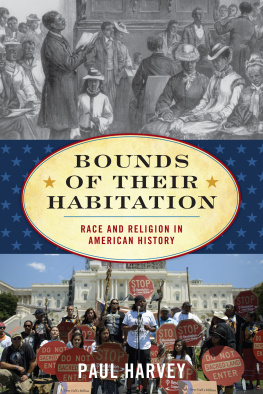
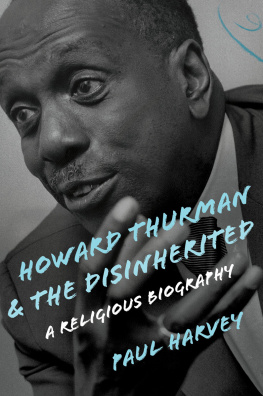
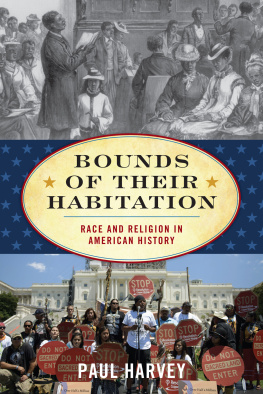
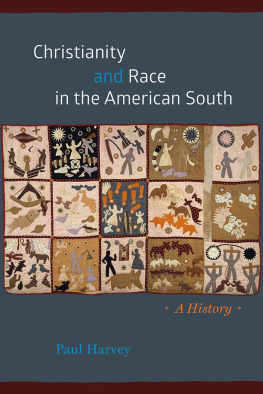

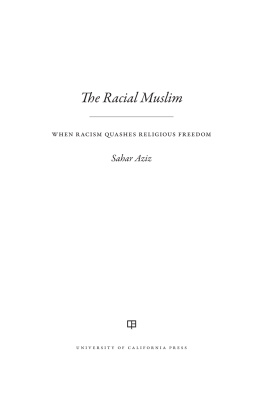

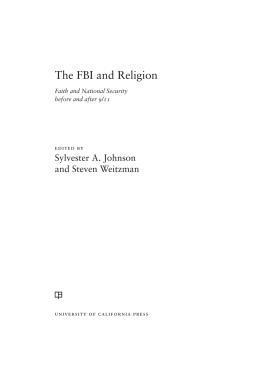
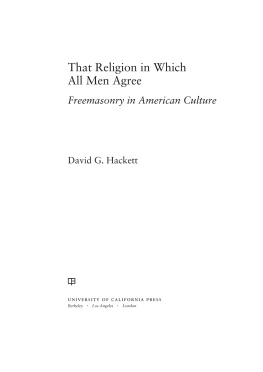
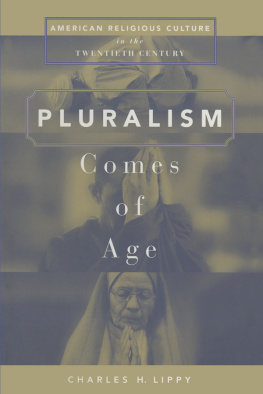


 The paper used in this publication meets the minimum requirements of American National Standard for Information SciencesPermanence of Paper for Printed Library Materials, ANSI/NISO Z.- 1992 .
The paper used in this publication meets the minimum requirements of American National Standard for Information SciencesPermanence of Paper for Printed Library Materials, ANSI/NISO Z.- 1992 .